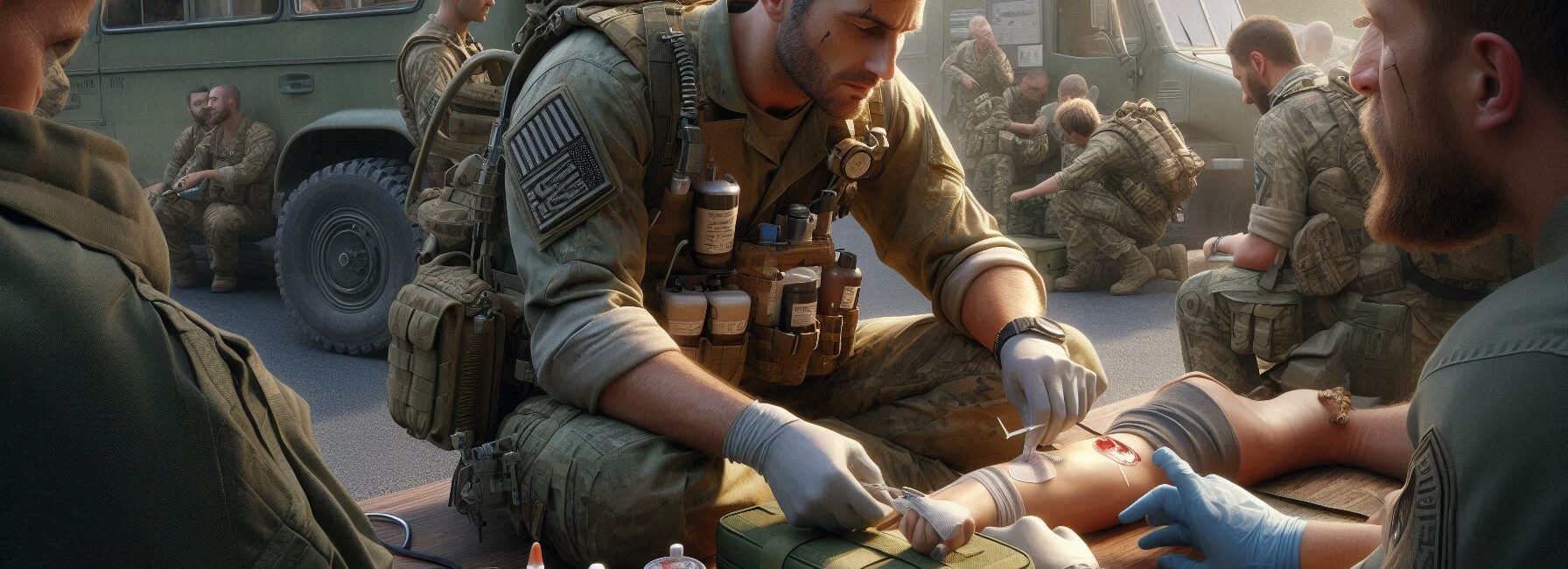Please Note: This post may contain affiliate links. If you click one of them, we may receive a commission at no extra cost to you. As an Amazon Associate, I earn from qualifying purchases.
Last Updated on November 1, 2025 by Kevin Collier
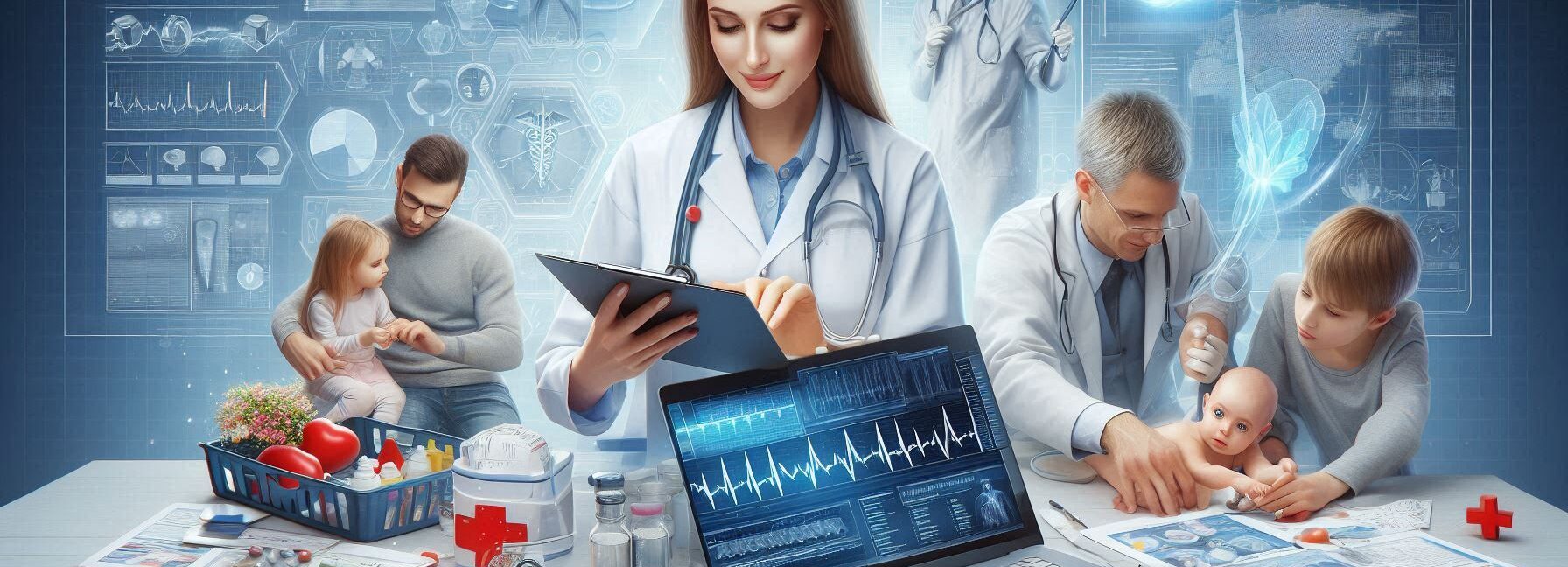
Top Takeaways and Key Concepts
- List all family members’ medications, allergies, and chronic conditions for reference.
- Assemble a first aid kit with bandages, antiseptics, pain relievers, and special medications.
- Create an emergency contact list with doctors, hospitals, and poison control numbers.
- Practice basic first aid and emergency scenarios regularly with the entire family.
- Review and update your medical plan and supplies every few months.
Okay, picture this: You’re out camping, right? Roasting marshmallows, laughing with friends. Then—bam! Someone trips over a rock that looks like a small car. Everyone gasps. You feel that pause. The air gets all tense. And then… chaos!
Now, what if I told you that having a little medical plan could turn that moment into just another funny story? Really! Having a plan can make all the difference when things go sideways.
Planning ahead is key. You know, like packing a small first-aid kit. Band-aids, wipes, even some pain relief. Super handy when someone inevitably scrapes a knee or gets a small cut from a fishing hook. When you’re ready for little bumps in the road, they don’t seem so scary.
Maybe you even write down emergency numbers. Just in case. If it gets hectic, you can pull out your phone and not stress about who to call. You can think clearly and focus on helping. Wouldn't that be nice?
Life loves to surprise us. A camping trip can suddenly go from serene to “What just happened?” Having a plan helps keep things on track. It’s like a safety net.
Instead of fretting about what could have gone wrong, picture someone laughing when you tell the story later. That feeling of peace is worth a lot. You can tell stories around the campfire. Less fear, more laughter.
Being prepared can make tough times easier to handle. You won't be sorry. A little planning now can save you a lot of trouble later.
Let's plan ahead, make a plan, and have fun. Here's to more laughs and fewer surprises! Thanks!
Contents of This Page
*** Shop for Survival Gear - Tools - Kits ***
Survival Gear - Bags and Backpacks - Knives - Boots/Footwear - Communication
Outdoor Cooking - Gloves - Hydration - Dry Boxes - Water Filtration Systems
Tents - Sleeping Bags - First Aid Kits - Multi-Tools - Flashlights - Fire Starters
Navigation - Survival Food - Night Vision - Headlamps - Stun Guns - Binoculars
Assessing Your Family's Needs
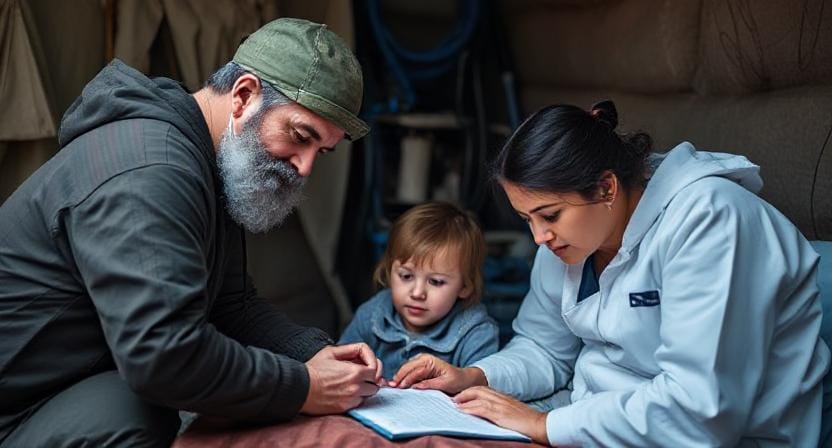
First things first: understanding your family's unique health needs is crucial. Does Aunt Edna have a penchant for fainting at the sight of blood? Or maybe Cousin Jimmy has an allergy to everything under the sun except pizza? Knowing these quirks helps shape your medical plan.
Start by listing everyone’s current medications, allergies, and chronic conditions. This is not only helpful but also prevents those awkward moments when Uncle Bob tries to give his “expert” advice on treating bee stings with pickle juice (trust me; it doesn’t work). Keep this list updated and easily accessible—like right next to the s'mores supplies!
And speaking of supplies, consider how many band-aids it would take to cover all those scraped knees from running around like wild animals during family reunions. You might want to stock up!
Creating a First Aid Kit
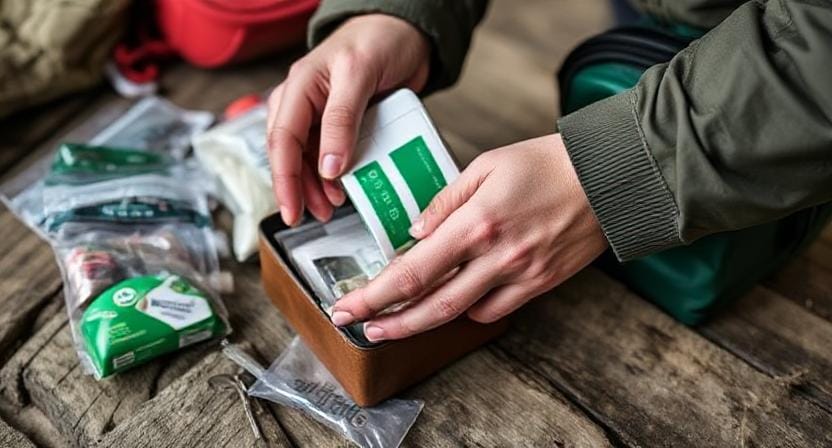
Now that you’ve assessed everyone’s needs, let’s talk about building the ultimate first aid kit—your go-to treasure chest in times of trouble! By the way, I think every family should have one because nothing says “I love you” quite like being prepared for minor emergencies.
A basic first aid kit should include adhesive bandages (or as my kids call them, “ouchie stickers”), antiseptic wipes, gauze pads, tape, tweezers (for splinters or tick removal), scissors (for cutting those pesky bandages), and pain relievers appropriate for different ages. Don’t forget any prescription medications or special items needed for specific conditions!
You can buy pre-made kits at stores or make your own with items from around the house—and hey! If you throw in some chocolate bars for morale support during emergencies, who would complain?
Establishing Emergency Contacts
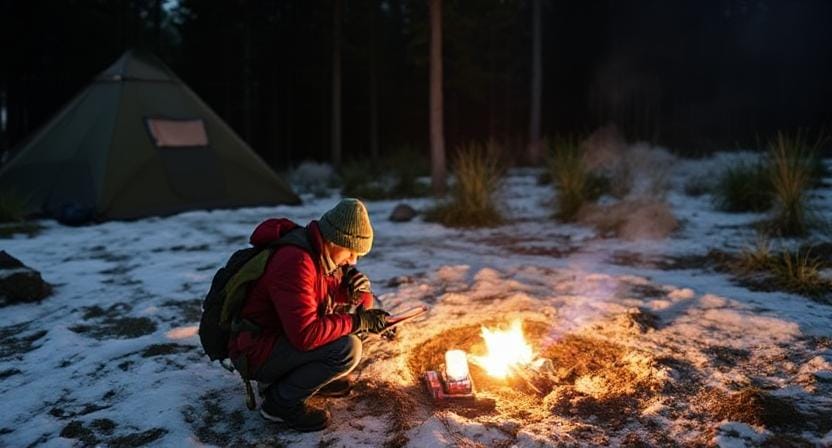
Next up: creating an emergency contact list. This isn’t just any old list—it should be like the VIP guest list at a fancy party but with doctors instead of celebrities. Include primary care physicians’ numbers and nearby hospitals along with poison control centers (just in case Cousin Jimmy decides he wants to taste-test random plants).
Make sure everyone in your family knows where this list is located—preferably somewhere they won’t accidentally use as scratch paper while doodling during boring meetings or classes! And honestly?
It wouldn’t hurt to have copies saved on mobile devices too; technology is our friend… most of the time.
Practicing Basic First Aid Skills
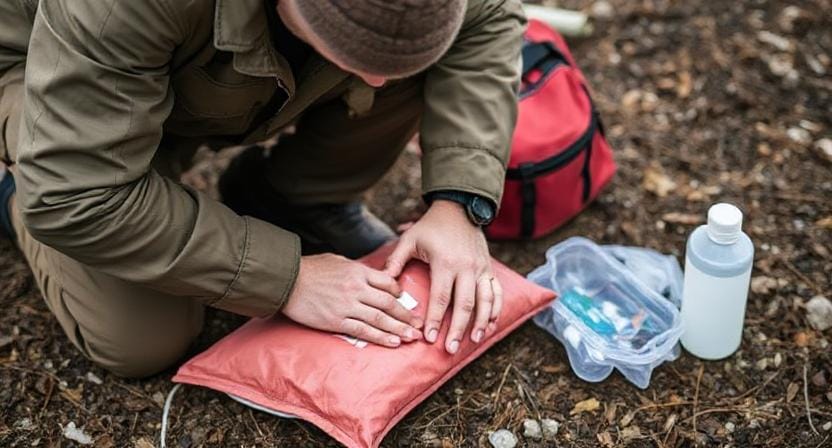
It's interesting that knowing what to do in an emergency can be more useful than having all the resources in the world. So why not have family training sessions on a regular basis? There's no need for formal classes here; just get everyone together after dinner and practice basic first aid techniques.
Learn how to properly care for cuts and scrapes, or even better, how to build temporary slings out of scarves or belts (the fashion police will never know!).
Role-playing can assist, too. For example, you could pretend that someone hurt their ankle while trekking so that everyone becomes used to responding swiftly without being scared.
And don't forget that laughter is often the best cure! Add ridiculous challenges or rewards for participation to make it more fun. This will keep spirits high while you work on important abilities.
Making Plans for Escape
While we're on the subject of preparedness, let's not forget about ways to get away! Emergencies don't always come with clear directions; sometimes you have to think quickly and act quickly.
Make sure everyone understands where to go if something goes wrong by showing them more than one exit out of your home or camping.
Practice these routes often until they become second nature. For example, when Aunt Edna starts giving her long-winded yarns about her cat Fluffy's latest antics, pretend there's a “emergency evacuation drill.”
The more people know about their surroundings when things are peaceful, the less confusion there will be later!
On that note… If you're camping deep in the woods, where the trees are taller than skyscrapers, you might want to think about using colored ribbons tied to branches or boulders to identify trails that lead back to civilization.
Regularly Updating Your Plan
All things considered though—the most important part of creating a medical plan is keeping it fresh! Just like leftovers from last week’s BBQ shouldn’t linger too long before getting tossed out—you’ll want to review and update your medical plan regularly based on changing needs within your family dynamic.
Set aside time every few months—not just during annual spring cleaning—to reassess medications lists or refresh first aid kits as necessary. Maybe even schedule fun “family safety days” where you check off tasks together while bonding over grilled hot dogs!
After all this planning—and hopefully avoiding any trip-ups along the way—you’ll feel much more confident navigating whatever craziness comes next!
Frequently Asked Questions
Why is listing family medical details important?
Documenting medications, allergies, and chronic conditions ensures fast reference and prevents mistakes during emergencies.
What items should be in a family first aid kit?
Include bandages, antiseptics, gauze, pain relievers, tweezers, scissors, and any required special prescription medications.
Why create an emergency medical contact list?
A contact list with doctors, hospitals, and poison control saves time and allows quick communication when urgent care is needed.
Should families practice medical response drills?
Regular practice builds confidence, reduces fear, and helps each family member know what to do during real emergencies.
How often should a family medical plan be updated?
Review your plan every few months to replace expired supplies, adjust medications, and reflect any new health needs.
Is it important to teach basic first aid skills?
Yes. Basic first aid knowledge allows faster response to injuries and can stabilize someone until professional help arrives.
Should emergency medical information be kept in one place?
Store documents, lists, and kits in a known location so any family member can access them quickly during an emergency.
Suggested Resources:
Family Health History: Why It Matters
https://www.cdc.gov/genomics/famhistory/index.htm
Creating Your Family Emergency Plan
https://www.ready.gov/make-a-plan
Basic First Aid Tips
https://www.redcross.org/get-help/how-to-prepare-for-emergencies/first-aid.html

Kevin Collier is a seasoned survivalist and expert in prepping and homesteading, contributing to WiseSurvive.com. With a deep-rooted passion for self-sufficiency and outdoor survival skills, Kevin shares practical advice, strategies, and resources to help individuals prepare for any challenge. His informative articles cover a range of topics, from essential survival techniques to sustainable living practices, empowering readers to thrive in any situation. Whether you're a novice or a seasoned prepper, Kevin's insights will inspire you to take charge of your readiness and build resilience for the future.




